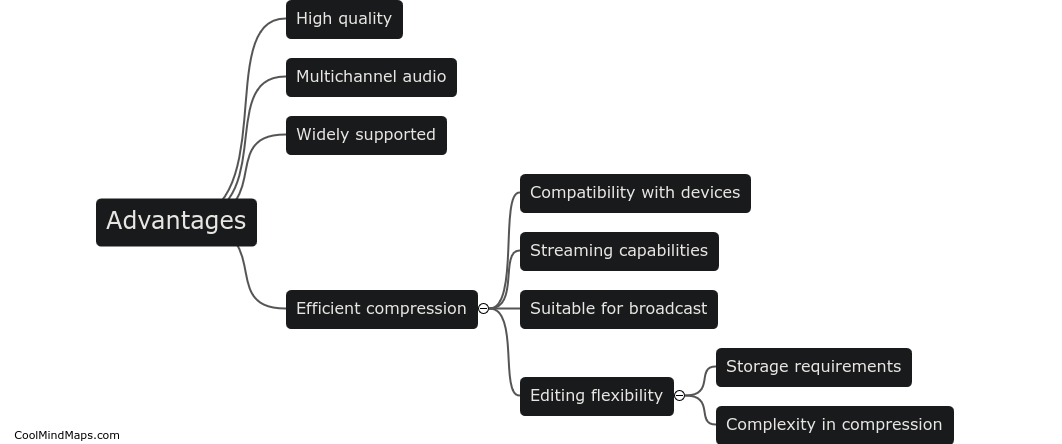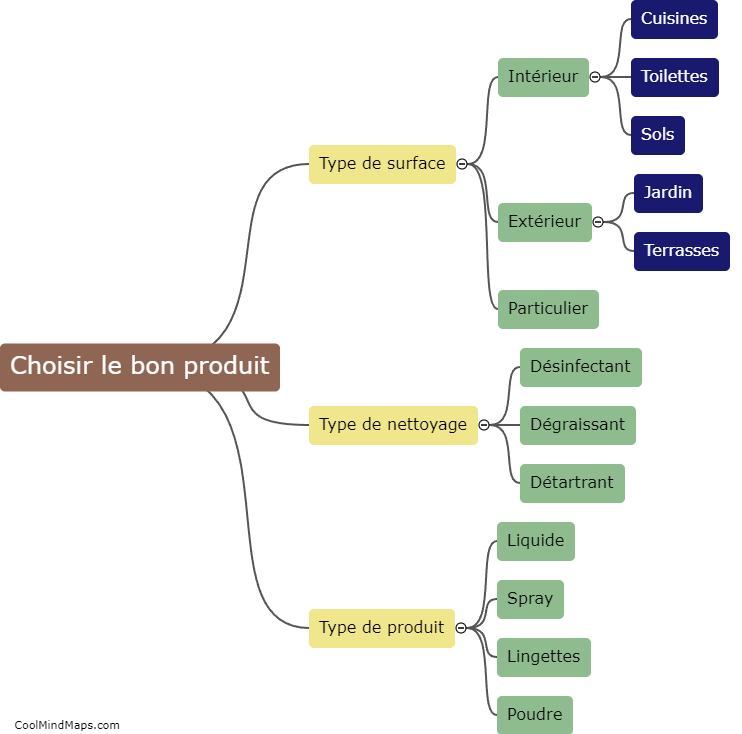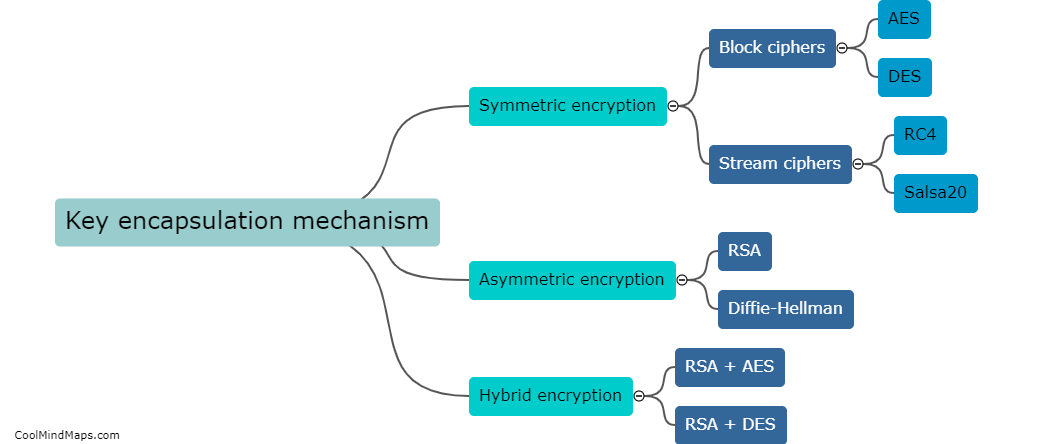How is key encapsulation different from other encryption techniques?
Key encapsulation is a unique encryption technique that sets itself apart from other methods. Unlike symmetric encryption, which uses a single shared key for both encryption and decryption, key encapsulation employs a pair of asymmetric keys consisting of a public key and a corresponding private key. In this approach, the public key is used to encapsulate, or encrypt, the secret key that is specifically generated for a particular message, whereas the private key performs the decryption process. This method offers increased security as it avoids the need to share a secret key, and it also enables more convenient key management, allowing for the encryption of multiple messages with different keys. Additionally, key encapsulation offers key privacy, as it ensures that the secret key remains confidential, even if an adversary has access to the encrypted data and the public key. Ultimately, key encapsulation provides a reliable and efficient approach to encryption that differentiates itself from other techniques.

This mind map was published on 4 February 2024 and has been viewed 108 times.











